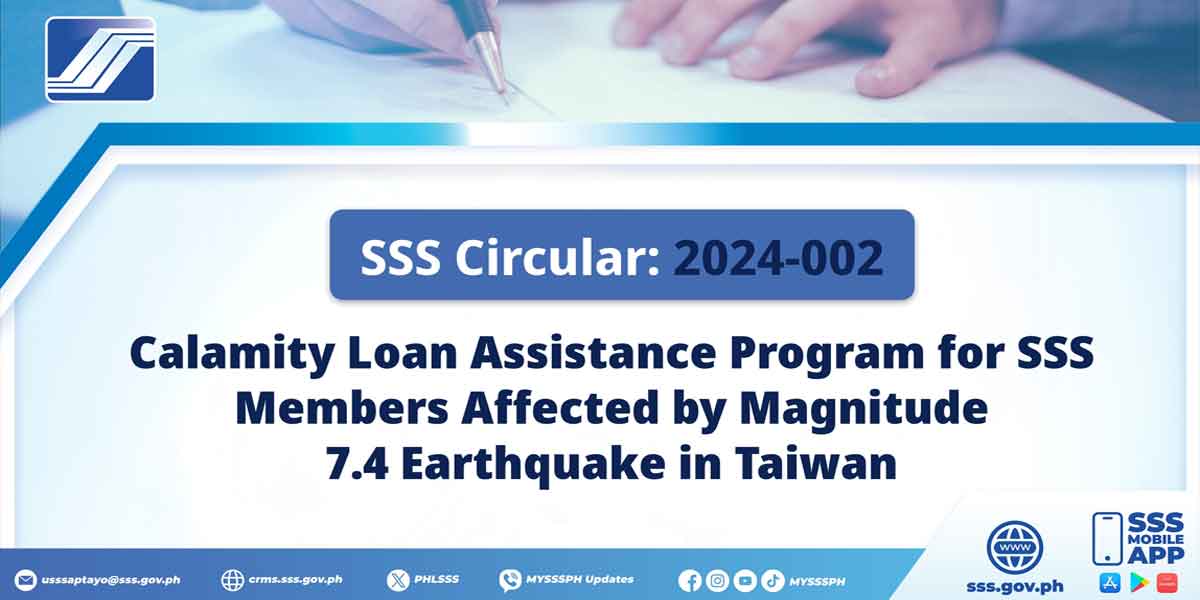By James Jimenez
Last week, Commission on Elections Chairman George Erwin M. Garcia put out a statement reasserting the Commission’s plan to introduce internet voting in 2025.
Tinimbang po namin ‘yung lahat ng implikasyon, lahat ng mga pwedeng mangyari, at kinakailangan pong magtuloy kami sa aming internet voting sapagkat ‘yung amin gaming resolution na nagsasabing pwedeng magkaron ng internet voting kahit walang batas ay wala naman pong kumukwestiyon sa Korte Suprema… Sa palagay po natin, mas mabigat po yung consequence na sasapitin kung sadya pong hindi naming ituloy ang internet voting na sa kasalukuyan ay inaasahan na po ng mga kababayan natin sa abroad.”
“We have weighed all the implications and possible consequences, and we need to push through with internet voting as the resolution (the Commission en banc) passed authorizing the use of internet voting even in the absence of a specific law for internet voting, has not been questioned before the Supreme Court. In our opinion, there will be worse consequences if we don’t push through with internet voting, as expected by our countrymen abroad.”
I’ve no reason to doubt the Chairman’s reading of Filipino overseas voter sentiment on the issue, but I think that’s really beside the point. Whether or not Filipinos are excited for internet voting doesn’t impact the broader issues of why it is needed, how it will improve the administration of overseas voting, and what needs to be done to make sure that this change happens without a hitch.
WHY WE NEED INTERNET VOTING
In the last elections, only 38 percent of overseas voters turned out to cast their votes in the 2022 polls. That comes out to about 600,000 of the more than 1.6 million registered voters who could have participated in the Presidential elections. Sadly, this dismal turnout was actually the highest ever overseas voter turn-out since the Philippines started overseas voting. Despite the initial excitement in the diaspora for the overseas voting program, actual participation has been consistently underwhelming, leading some legislators to threaten defunding the program altogether.
Extensive analysis of this problem carried out by the COMELEC indicated that the most likely reasons for the low turn-out were the difficulties associated with voting.
Postal voting, for example, suffered from the consistent failure of many overseas Filipinos to regularly update their mailing addresses. Many didn’t want to go out of their way to update their records every time they moved, while others simply forgot. And in some cases, especially where immigration issues are at play, many felt that updating a mailing address would lead to adverse consequences. As a result, a large percentage of mailed ballots are undelivered or stamped “return to sender.”
In-person voting, on the other hand, has always been inconvenient. Filipinos who do domestic work often report that their employers refuse to grant days off to allow them to vote. Filipinos who live in on-site barracks out in the desert or similarly inaccessible locations, face the same problem. In the Middle East, Filipinos also encounter issues exercising democratic rights in the heart of a monarchy, thus depressing the voting turn out even more.
Filipinos who live in countries where there is no easily accessible Philippine embassy or consulate have it even worse. If you lived in New South Wales, for example, where most Filipinos are, it would take you more than six hours of travel just to get to the Philippine post in Canberra. If you were an engineer in Andorra, you’d have to travel to a different country altogether – Madrid, Spain – just so you could vote.
All told, these issues negatively impact Filipino overseas voting turnout across the board, effectively disenfranchising Filipinos. COMELEC sees this, and rightly so, as an affront to its mandate of ensuring that all qualified Filipinos are given the opportunity to freely exercise their right of suffrage. The solution, the agency has determined – as far back as 2007 – is to eliminate distance as a factor.
NO DISTANCE, NO PROBLEM
Internet voting’s greatest promise is that it will eliminate distance as a factor in deciding whether a person can vote: with internet voting, voters cast their votes online, without the need to physically travel to a Philippine post. Voters doing domestic work no longer need to get a special day off just to vote; Filipinos living in worker camps in the desert or even on oil rigs can vote at their convenience; and with the burgeoning growth of satellite internet technology, even those on ships in the middle of the ocean for extended periods can easily cast their ballots electronically.
But more than that, internet voting can provide a more accessible and user-friendly platform for those with disabilities and mobility issues, with customizable interfaces and a myriad of assistive technologies making the elections that much more inclusive, and the election outcomes, more representative.
By practically eliminating the one factor that most Filipinos abroad report as the deal-breaker for overseas voting, COMELEC is looking to grow the overseas voting turn-out to levels comparable to local voter turn-outs. While an overseas voter turnout of 70-80% might be a bridge too far, with internet voting in play, the optimism behind that projection is well-founded.
TECHNOLOGICAL PITFALLS
But no new technology is without its share of downsides: just as the current trend towards rechargeables frees us from having to buy batteries, it also tethers us to chargers and wall-sockets.
The paramount concern with internet voting is cybersecurity. At multiple points of the voting process, cybersecurity vulnerabilities exist, with establishing the identity of the voter as the first challenge. The system eventually deployed by the COMELEC must establish a secure and reliable means of ensuring that the voter is who he claims to be, and that he is eligible to cast a vote. An internet voting system that fails at this most basic level wouldn’t be worth anyone’s time.
An internet voting system should also preserve the secrecy of the ballot while preventing vote tampering or coercion. Internet voting is essentially identical to paperless voting, and will encounter the same issues of recountability and voter verifiability that continue to plague electronic voting systems. There are many ways to adequately address these issues, especially with the emergence of block-chain technology, but the concomitant rise of artificial intelligence represents a looming threat that needs to be addressed immediately.
And of course, there’s good old-fashioned hacking. During the 2007 internet voting pilot test conducted in Singapore, the COMELEC reported 4,055 serious hacking attacks during the 20-day voting period. Imagine how dramatically that number would rise in an actual, legally binding, election.
PEOPLE WARE
It is said in change management that you don’t only look to the hardware and the software; you must also manage people ware. The same is true here. Beyond the technical challenges of introducing internet voting, the COMELEC must contend with the people who will be expected to use the new system.
Not all voter will possess the technological know-how or even the resources to participate in internet voting. This digital divide can disenfranchise certain groups – especially the older voters, low-income individuals, and those living in areas with limited internet access. In order to ensure the maximum benefit from the introduction of internet voting, the COMELEC must invest in a robust education program that reaches out to all potential voters, and capacitates them to use the new system. Without such a program, the whole internet voting experiment will probably fail before it even starts.
And even if COMELEC does manage to get all its ducks in a row, it will still have to hurdle the most significant challenge of all: public trust and confidence. For this to happen, the COMELEC needs to show the public that the system has undergone rigorous testing; there must be clear communication about how the system works – not just blanket assurances; and there need to be mechanisms for the independent verification of results. With these measures in place, electorate confidence will be well within COMELEC’s reach when it finally rolls out the long awaited internet voting.




















